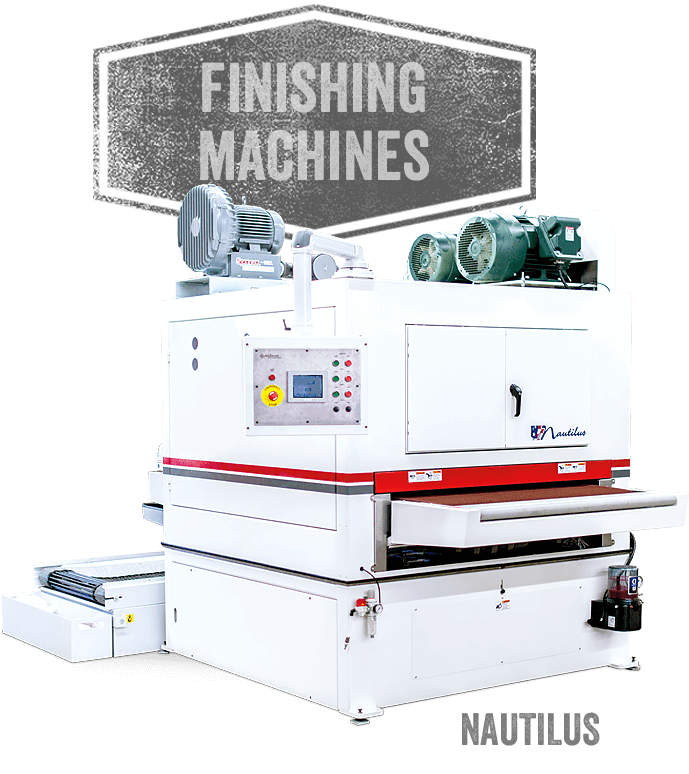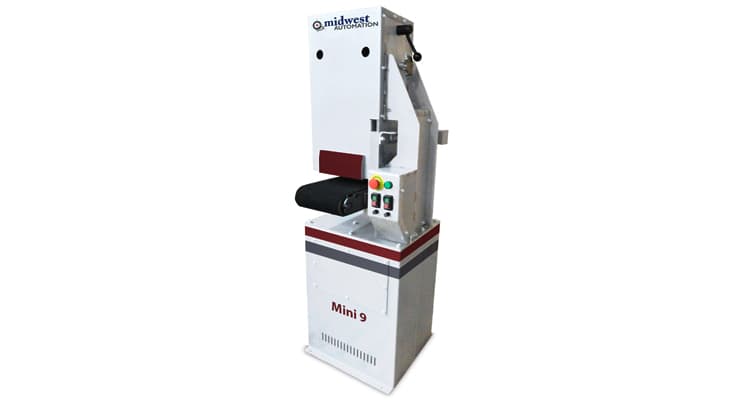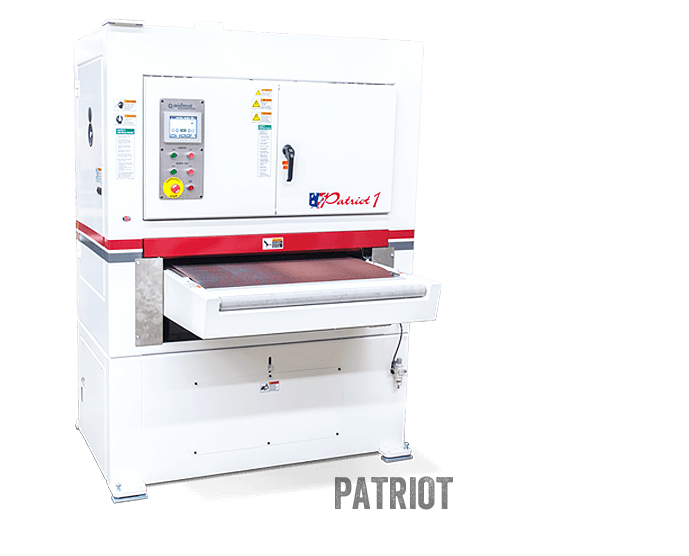Do you require high-quality dry steel machines for your applications? Gulf States Saw & Machinery Co., Inc. offers some of the most reliable designs. We can help you choose the best solution depending on what you need. A wide variety of machines are available, including dry metal machines. We also offer wet metal machines, wood and EZ sanders. Every machine is custom-built to meet the needs of each customer, no matter how exact or demanding.
When selecting a metalworking machine to perform finishing, deburring, and other processes, you must choose between wet or dry metal machines. These complete the same process using different methods, with wet working machines dispersing a coolant mix onto the surface of processed parts, while dry machines function without this mix.


